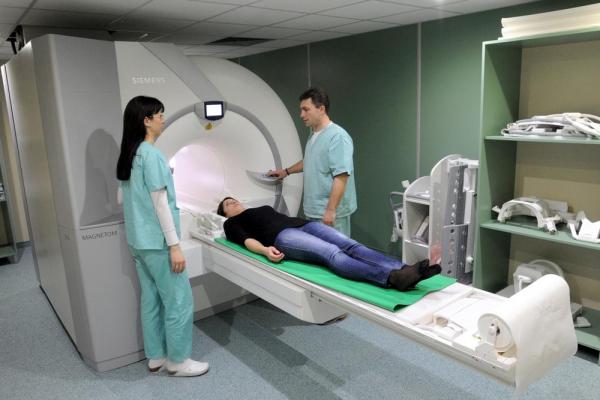
WASHINGTON, Dec. 14 (UPI) — Cancer rates and mortality are going down in high-income countries, but are increasing in low- and middle-income countries as diet and lifestyle begin to resemble those of Western nations.
Smoking, obesity and lack of physical activity are having an effect on incidence of cancer in poorer nations, researchers at the American Cancer Society report in a new study, published in Cancer Epidemiology, Biomarkers and Prevention.
The researchers said a lack of care, access to care, and less screening means many cancers also are not caught until they can no longer be treated.
In studying cancer rates around the world — there were about 14.1 million new cancer diagnoses and 8.2 million deaths in 2012 — researchers said rates varied among the 50 countries studied, as did variations in the way they report cases and deaths, but said even with the limitations of their study between more and less wealthy countries was clear.
“The rates of many cancers are being brought under control in Western countries through decreasing prevalence of known risk factors, early detection, and improved treatment,” said Lindsey Torre, an epidemiologist at the American Cancer Society, in a press release. “In contrast, rates for cancers such as lung, breast, and colorectum are now rising in many lower- and middle-income countries due to increases in risk factors typical of Western countries, such as smoking, excess body weight, physical inactivity, and changing reproductive patterns.”
The researchers reviewed rates on incidence and mortality for eight types of cancer in 50 countries around the world collected between 2003 and 2012 by the International Agency for Research on Cancer and World Health Organization.
Nearly all the cancers — breast, prostate, colorectal, lung, esophageal, stomach, liver and cervical — had higher rates in middle- and lower-income countries because of lower rates of screening. Without access to mammograms, pap smears, and prostate-specific antigen screening, cancer may not be caught until it is too late.
Breast, prostate and cervical cancer often can be caught and controlled, if not cured, in high income countries because of regular screening guidelines that do not exist in some lower- and middle-income countries.
Colorectal, breast and stomach cancer also have varying levels of incidence and mortality based on changes in diet as a nation’s economics shift, as well as because of sanitation and antibiotics.
“This study gives us important clues about the epidemiology of cancer and gives us some ideas about what we could further investigate to improve global public health,” Torre said.





